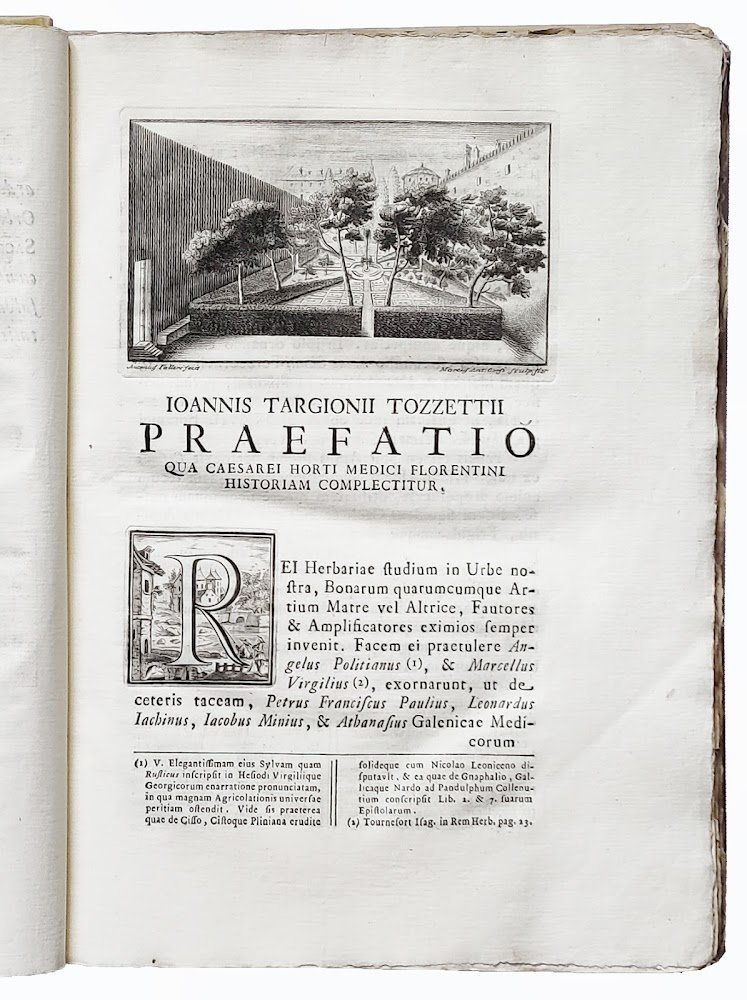
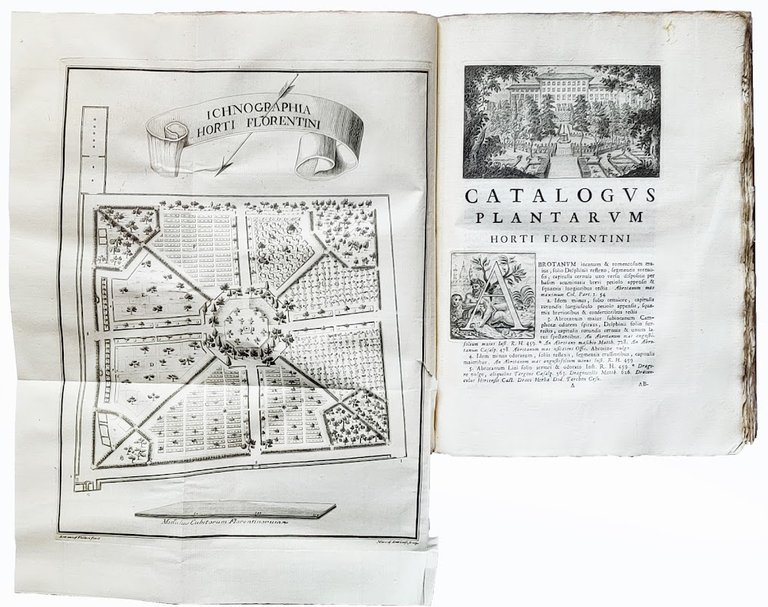
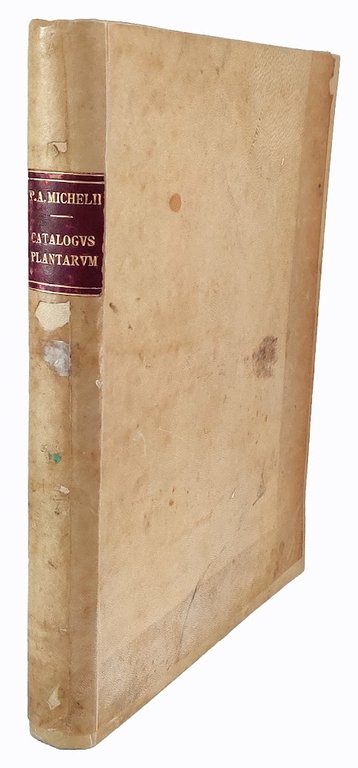
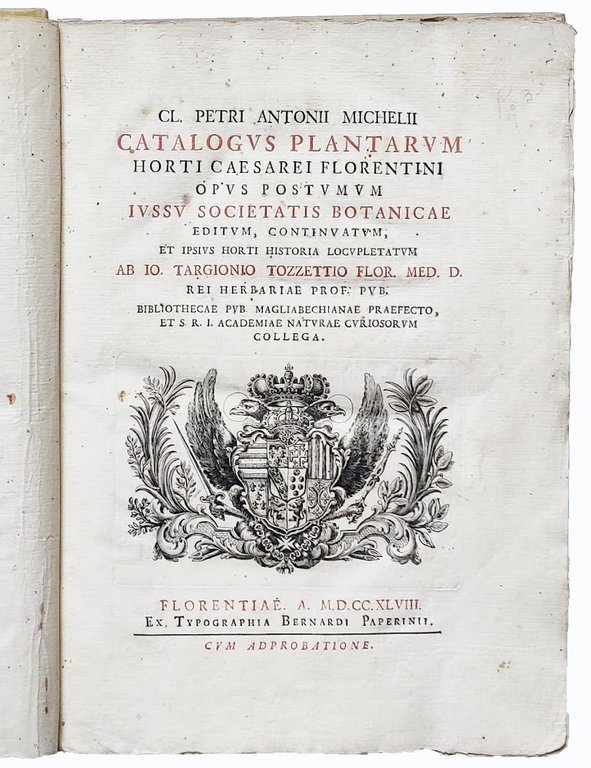
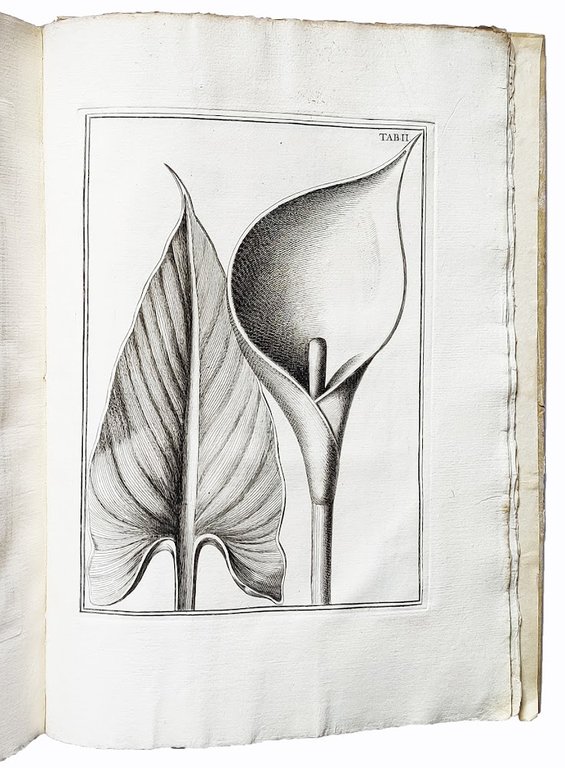
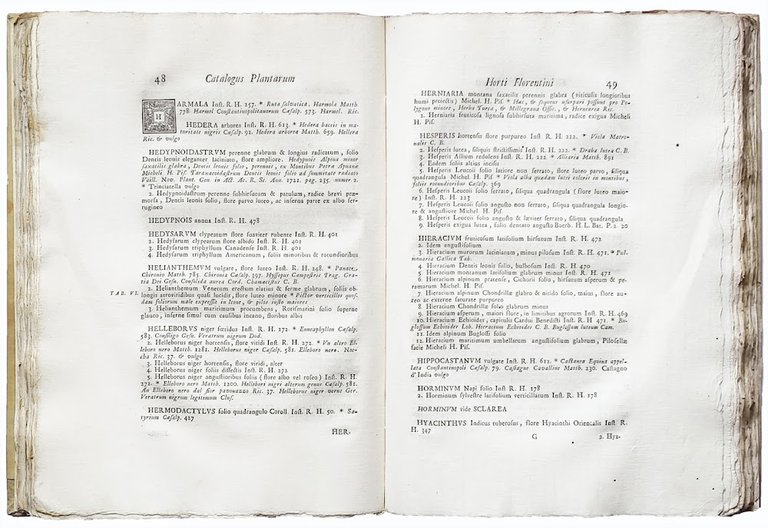
Livres anciens et modernes
MICHELI, Pier Antonio (1679-1737)-TARGIONI TOZZETTI, Giovanni
Catalogus plantarum horti caesarei Florentini opus postumum iussu Societatis botanicae editum, continuatum, et ipsius horti historia locupletatum ab Io. Targionio Tozzettio
Bernardo Paperini, 1748
2400,00 €
Govi Libreria Antiquaria
(Modena, Italie)
Les frais d'expédition corrects sont calculés une fois que l'adresse de livraison a été indiquée lors de la création de la commande. Un ou plusieurs modes de livraison sont disponibles à la discrétion du vendeur : standard, express, economy, in store pick-up.
Conditions d'expédition de la Librairie:
Pour les articles dont le prix est supérieur à 300 euros, il est possible de demander un plan de paiement échelonné à Maremagnum. Le paiement peut être effectué avec Carta del Docente, Carta della cultura giovani e del merito, Public Administration.
Les délais de livraison sont estimés en fonction du temps d'expédition de la librairie et de la livraison par le transporteur. En cas de retenue douanière, des retards de livraison peuvent survenir. Les frais de douane éventuels sont à la charge du destinataire.
Pour plus d'informationsMode de Paiement
- PayPal
- Carte bancaire
- Virement bancaire
-
-
Découvrez comment utiliser
votre Carta del Docente -
Découvrez comment utiliser
votre Carta della cultura giovani e del merito
Détails
Description
First edition published posthumously, with a dedication to the grand duke of Tuscany and a long preface on the history of the garden by Micheli's pupil and successor Giovanni Targioni Tozzetti.
The Orto Botanico of Florence was founded on 1 December 1545 by Cosimo I de' Medici. It is Europe's third oldest botanical garden after those in Pisa and Padua, and was laid out by the landscape gardener Niccolò Pericoli to a botanical system and plantings chosen by Luca Ghini. However, it was not until 1718, when Micheli became the garden's first director, that it really came to prominence.
Born in Florence in 1679, Pier Antonio Micheli came to the study of plants thanks to two scholars of the Vallombrosa Abbey, B. Biagi and B. Tozzi. The latter, in particular, was instrumental in introducing Micheli to the Florentine scientific milieu, where he found a powerful patron in L. Magalotti, who introduced him to Cosimo III. Between 1703 and 1710 Micheli made numerous journeys on behalf of the grand duke. The most fruitful for improving his botanical knowledge and forging scientific relationships outside Tuscany was the trip that took him to Rome and then to the Kingdom of Naples in 1710. In 1716 Micheli became a promoter of the Florentine Botanical Society. Two years later he obtained the direction of the botanical garden of S. Marco. In 1729 he published in Florence his best-known work, the Nova plantarum genera iuxta Tournefortii methodum disposita, quibus plantae MDCCC recensentur, scilicet fere MCCC nondum observatae, reliquae suis sedibus restitutae, which he planned to follow up with a second part, that, however, he never managed to complete. In the autumn of 1736 Micheli made a trip to the territory of the Venetian Republic and in particular to Mount Baldo. The fatigues of the trip proved fatal to him, and he died in Florence on January 2, 1737. Micheli also experimented on fungi and deduced that they reproduced through spores, and not from spontaneous generation. He was also an avid plant and mineral collector (cf. A. Ottaviani, Micheli, Pier Antonio, in: “Dizionario Biografico degli Italiani”, vol. 74, 2010, s.v.).
Italian Union Catalogue, IT\ICCU\UBOE\074377; Gentilini 1985, 158; Pritzel, 6203; Nissen BBI, 1305; Moreni, II, pp. 76-77.

